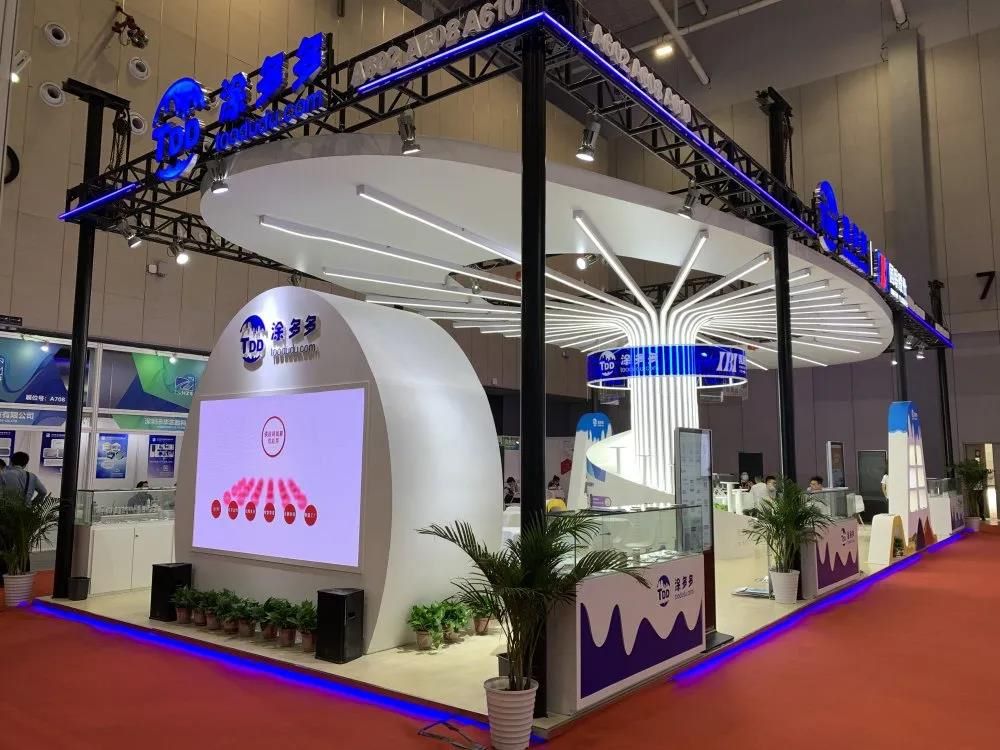Tread Depth: Key to Tire Performance
It is well known that tires wear out their tread depth as they are driven, and losing tread depth changes the performance of the tire. It would be much better if there was a way to not lose tread depth; but unfortunately, such is the nature of rubber in relation to the road!
Tread Depth
For consumers, tread depth is the vertical distance from the top of the tread block to the deepest area of the tread (called the groove, channel, or tread void of the tire). Tread depth can vary depending on which groove is measured.
Generally, the tread depth is deepest in the center of the tire and lowest at the shoulders. Depending on the tire's application and engineering requirements, its tread depth can be the same across the entire tire tread. Tire manufacturers typically list the deepest tread depth in their specifications.
Tread Depth and Performance
It is easy to assume that deeper treads are better for tires—they have more rubber to wear and therefore last longer. While this may be true for some aspects of performance, it may not be true for others. As we have said before, tire design is a balancing act: improving performance in one area often results in degradation in another.
Tread Depth, Endurance, and High Speed
In the tire world, we often discuss the impact of tires on braking, ride, handling, and wear performance, but rarely discuss endurance and high-speed performance expectations. Tires need to withstand long periods of operation in harsh environments, often at high speeds.
Tread depth, especially in the shoulder area, causes the tire to operate at higher temperatures because the heat transfer rate from the inside to the outside is reduced, and higher temperatures reduce tire durability and high-speed performance.
This is one of the reasons why tire engineers implement different construction concepts for tires with deeper tread depths, i.e. light truck tires. This is also why tires with deeper tread depths usually have lower speed signs compared to ultra-high performance tires with lower tread depths.
Tread Depth and Wear
It should be simple: the more tread in the center and shoulders, the longer the tire will last. However, the balance between tread depth in the center and shoulders is very important. The wrong ratio of tread depth in the center to the shoulders can cause irregular wear.
Tread Depth and Rolling Resistance
To ensure very good rolling resistance performance, the tire needs to generate minimal heat and friction and have excellent heat dissipation capabilities.
None of this can be achieved with additional tread depth. More rubber in a tire means more heat generation, higher friction, and less heat dissipation.
That’s why increasing tread depth, especially at the shoulder, increases rolling resistance, which results in reduced fuel efficiency. While tread compound technology has reduced the drawbacks of increased tread depth in recent years, the challenge of improving rolling resistance in higher depth tires remains.
Tread Depth and Braking
Deeper tread depth means more tread block movement, which means lower dry braking performance. The best dry braking tire is one with no tread. That’s why Formula 1 cars run on slick tires in dry conditions.
However, the same drawback can be an advantage in snowy and wet conditions. Increasing tread depth generally increases water displacement in wet conditions and increases tire bite in snowy conditions. Depending on the type of traction performance the tire engineer prioritizes, tread depth should be adjusted.
Tread Depth, Ride, Comfort, and Handling
Here’s another simple way to put it: More tread depth means more cushion between the road and the passenger, getting us closer to the goal of a better ride and comfort. However, it generally means less control over the vehicle.
Tread Depth Maintenance
Since tread depth affects nearly all tire performance, it’s obvious why tire manufacturers and dealers are very sensitive to customer awareness of their tire tread depth and tire rotation.
A vehicle with different tire performance at each corner is not the safest vehicle on the road. By regularly checking tread depth and rotating tires from time to time, your tires will get closer to uniform performance, including longer wear.
Since tread depth affects nearly all tire performance, it’s no surprise that tread depth is the most talked about tire topic.











